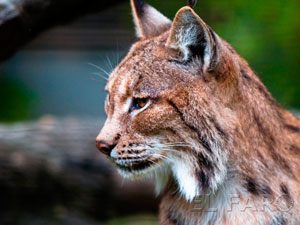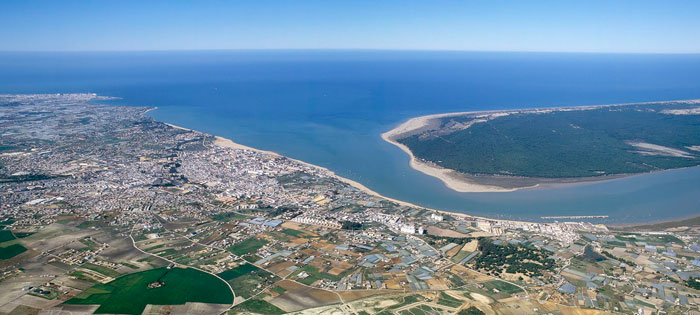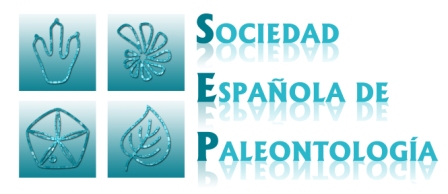Visit to Doñana National Park

Doñana National Park is an area of marsh, shallow streams, and sand dunes in Las Marismas, the Guadalquivir River Delta region where it flows into the Atlantic Ocean. The original area was established in 1963, UNESCO recognized it as a Biosphere reserve in 1980 and as World Heritage Site in 1994. It is a wetland of international importance on the list of the Ramsar Convention.
The Park has a unique biodiversity and it is considered as the largest ecological reserve in Europe. It contains a great variety of ecosystems and shelters wildlife including thousands of European and African migratory birds (due to its proximity to the Strait of Gibraltar), fallow deer, Spanish red deer, wild boar, European badger, Egyptian mongoose, and endangered species such as the Spanish Imperial Eagle and Iberian Lynx which is the most endangered cat species of the world. The Doñana Biological Station is a reference Research Institute in the area of Natural Resources.
The present-day geological scenario of Doñana National Park is the final result of a long geological evolution, with the development of a deep aquifer and numerous geomorphological features that enhance the biodiversity. During the Holocene, this area was configured by freshwater/brackish marshes, ponds and aeolian units, with some marine inputs caused by high-energy events. This variability of ecosystems was interrupted by the Flandrian Transgression, with a maximum at 7-6.5 kyr. At this time, Doñana National Park and the surrounding areas were flooded and a lagoon, later call by the romans `Lacus Ligustinus´, was developed. The last 6 kyr include an increasing infilling process, with an accelerated growth of spits and new inner marshlands and wetlands. At present, the extensive marshes of Doñana National Park present a flat topography, with some inner depressions occupied by temporary or permanent wetlands, locally called ´lucios´. The whole system is protected by the Doñana spit, a wide sandy barrier with active dune systems growing toward the southeast. In addition, some “hills” (2-3 m height) are formed by bioclastic or sandy ridges, caused by high-energy events (tsunamis, storms) during the last 5,000 years.











